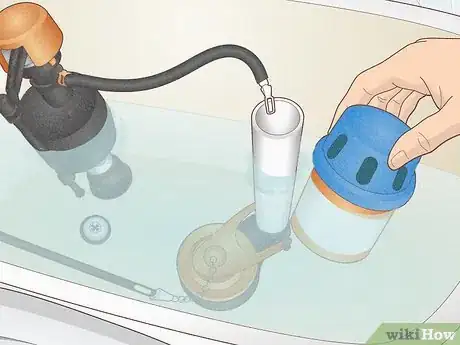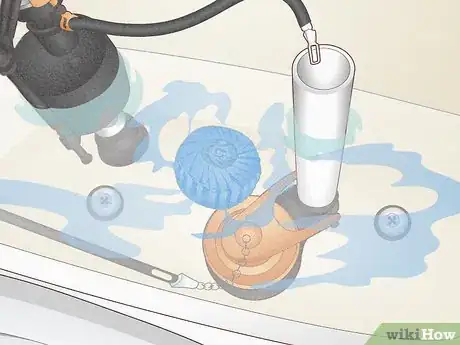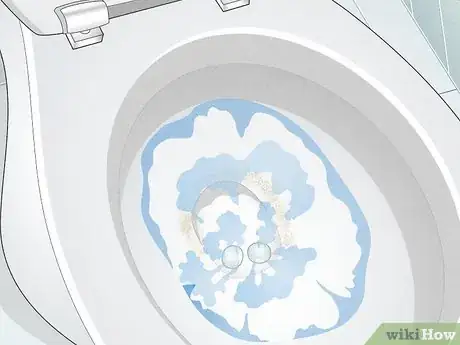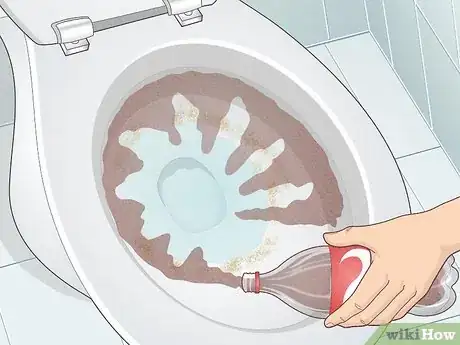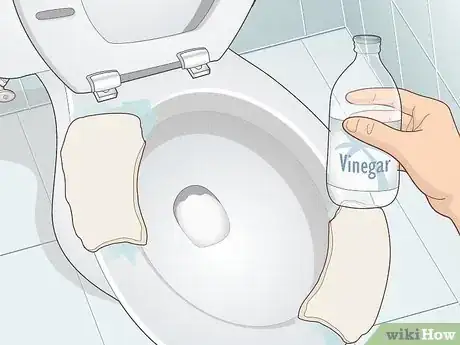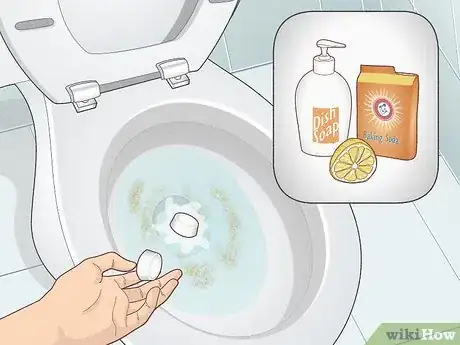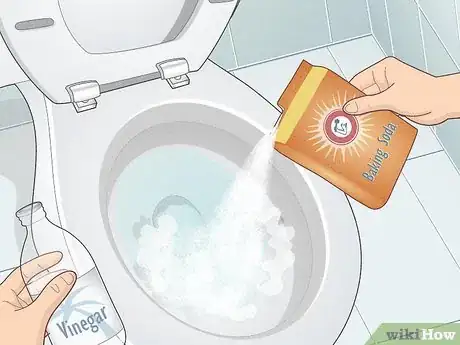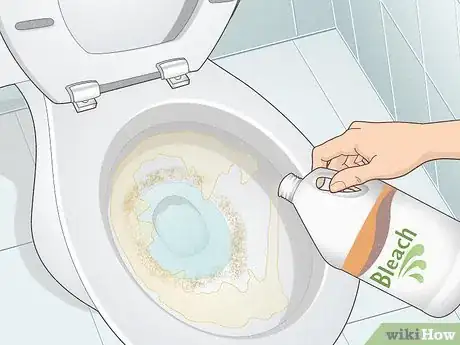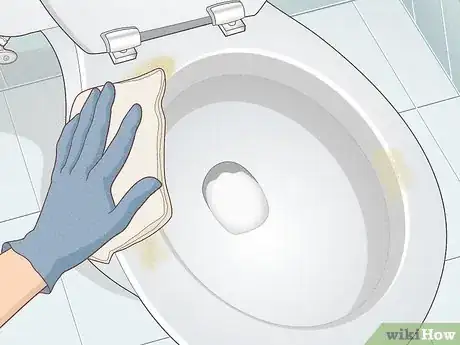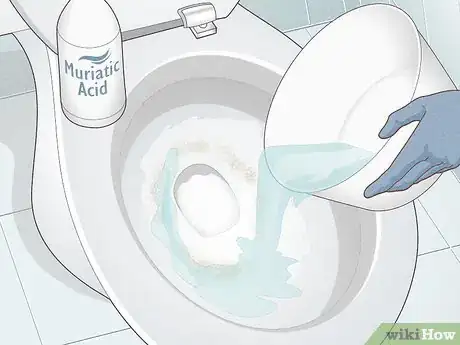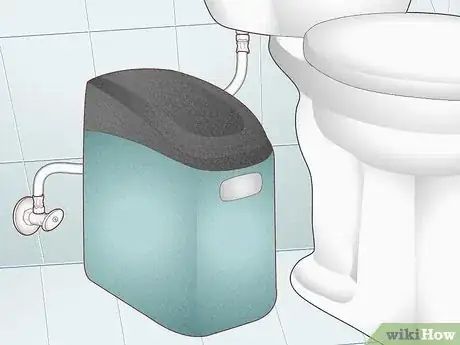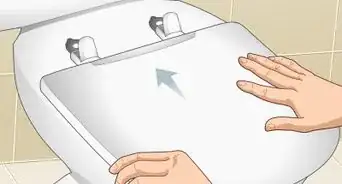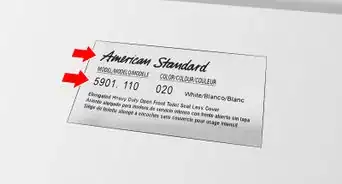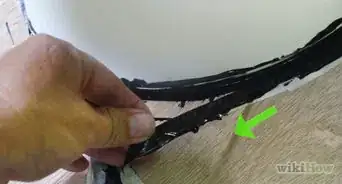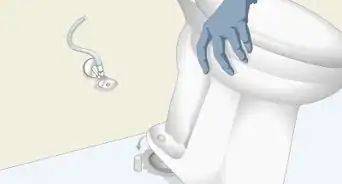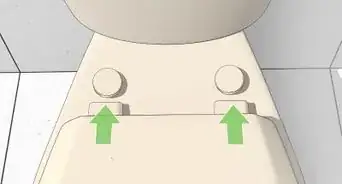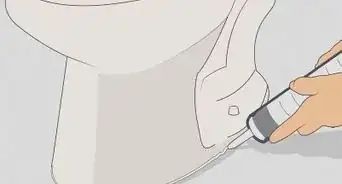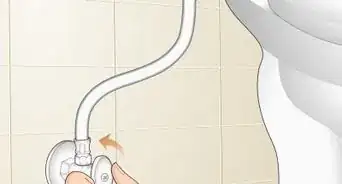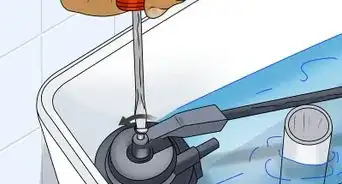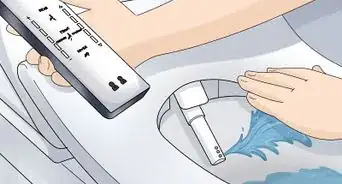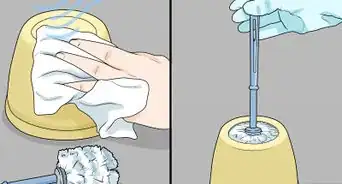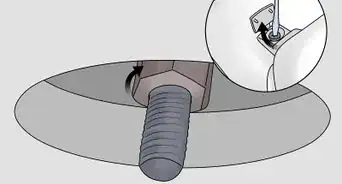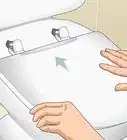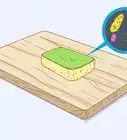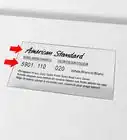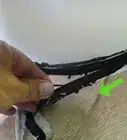This article was co-authored by Eduardo Peralta and by wikiHow staff writer, Megaera Lorenz, PhD. Eduardo Peralta is a House Cleaning Specialist and the Manager of Best Maid House Cleaning based in San Jose, California. With over five years of experience, Eduardo and the Best Maid House Cleaning team specialize in home deep-cleaning, post-construction cleaning, and green and eco-friendly cleaning services. Best Maid House Cleaning is fully licensed and insured.
There are 20 references cited in this article, which can be found at the bottom of the page.
This article has been viewed 26,819 times.
Imagine if you could keep your toilet bowl clean without ever picking up a scrub brush. Sound too good to be true? Fortunately, it’s not! Before you grab the brush and the rubber gloves, there are some alternatives you can try to knock out grime and keep your toilet fresh and clean—without having to use any elbow grease. In this article, we’ll discuss the best ways to prevent and treat common toilet bowl issues, including mineral stains, lime deposits, bacteria, and mold, with little or no scrubbing.
Steps
Warnings
- To keep yourself and your family safe, only try one type of cleanser at a time. Rinse your toilet thoroughly before trying another type of cleaning solution.[22]⧼thumbs_response⧽
- Any time you’re using cleaning chemicals, keep a window or door open and turn on your bathroom fan to keep the room well-ventilated.⧼thumbs_response⧽
- Follow the safety instructions on the package. For instance, you may need to wear gloves, goggles, or a respirator while working with certain chemicals.⧼thumbs_response⧽
References
- ↑ https://cleaning.lovetoknow.com/Cleaning_Toilet_Bowls
- ↑ https://www.cleaninginstitute.org/cleaning-tips/home/room-room/bathroom-cleaning-tips
- ↑ https://www.ncconsumer.org/news-articles-eg/to-bleach-or-not-to-bleach-should-you-use-bleach-tablets-in-your-toilets.html
- ↑ https://www.bhg.com/homekeeping/house-cleaning/tips/how-to-clean-a-toilet/
- ↑ https://www.readersdigest.ca/home-garden/tips/clever-ways-use-denture-tablets/
- ↑ https://www.today.com/home/clean-your-toilet-coca-cola-plus-4-other-genius-spring-t119479
- ↑ https://www.cnet.com/pictures/things-you-can-clean-with-coke/2/
- ↑ https://www.nsf.org/blog/consumer/reliable-scientific-tips-cleaning-with-vinegar
- ↑ https://youtu.be/B8jtIHy4kdM?t=9
- ↑ https://www.nytimes.com/wirecutter/guides/how-to-clean-toilet/
- ↑ https://cleaning.lovetoknow.com/cleaning-tips/easy-natural-toilet-cleaner-recipes
- ↑ https://www.bobvila.com/slideshow/7-clever-ways-to-unclog-a-toilet-without-a-plunger-49465
- ↑ https://aces.nmsu.edu/pubs/_g/G304/welcome.html
- ↑ https://oconto.extension.wisc.edu/files/2011/02/Baking-Soda.pdf
- ↑ https://www.nytimes.com/wirecutter/guides/how-to-clean-toilet/
- ↑ https://youtu.be/bjBGoZGB0iA?t=18
- ↑ https://www.cdc.gov/healthywater/hygiene/disinfecting-bleach.html
- ↑ https://www.theguardian.com/lifeandstyle/2019/feb/21/new-household-rules-ditch-toilet-brush-wash-much-more
- ↑ https://www.washingtonpost.com/realestate/ask-the-builder-removing-toilet-stains-requires-extra-care-with-a-septic-system/2014/02/20/f9ad2274-5ec9-11e3-be07-006c776266ed_story.html
- ↑ https://www.bobvila.com/articles/muriatic-acid/
- ↑ https://www.washingtonpost.com/lifestyle/home/hard-water-what-to-do/2021/06/08/ae952b34-b81b-11eb-96b9-e949d5397de9_story.html
- ↑ https://www.cleaninginstitute.org/cleaning-tips/home/room-room/bathroom-cleaning-tips
